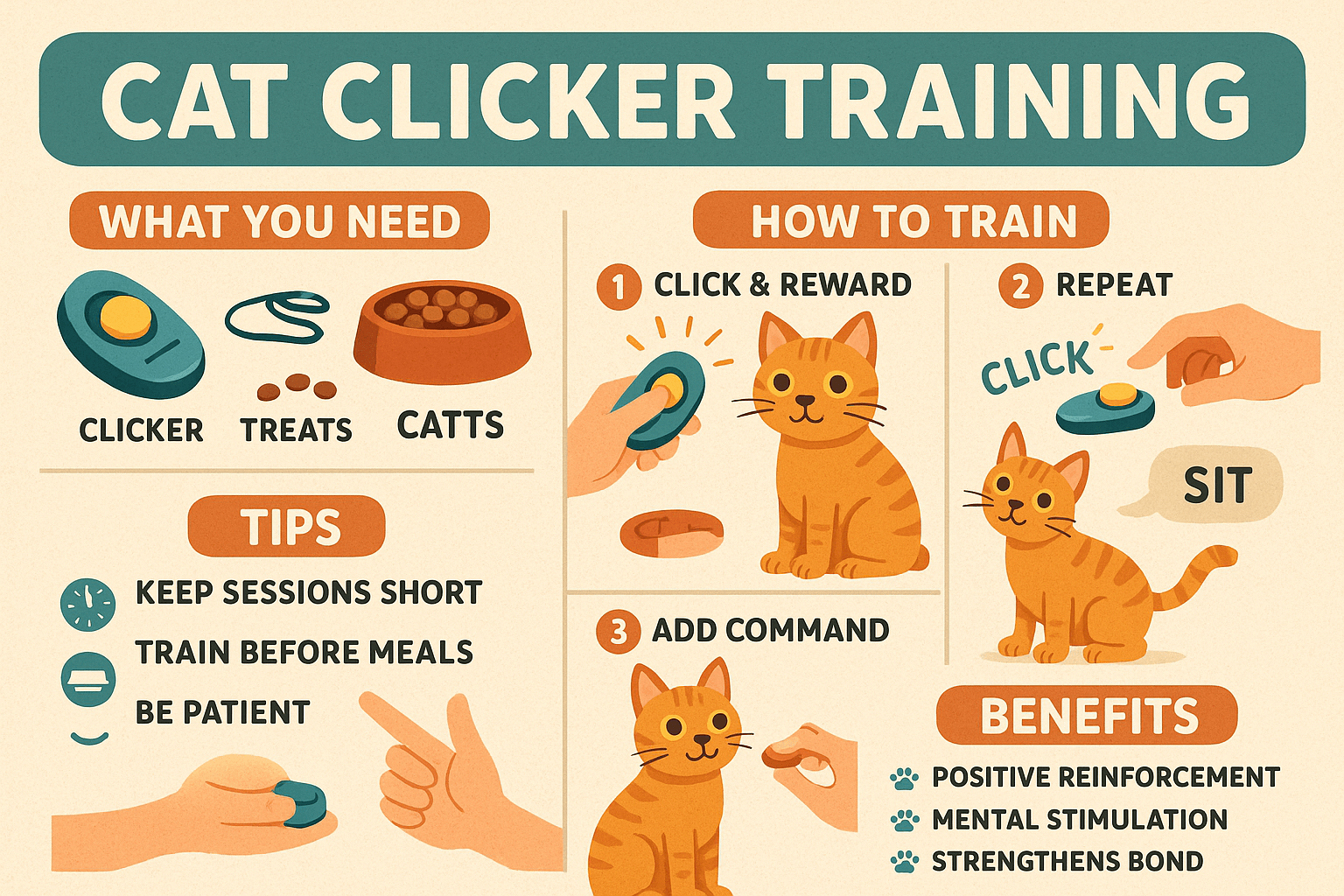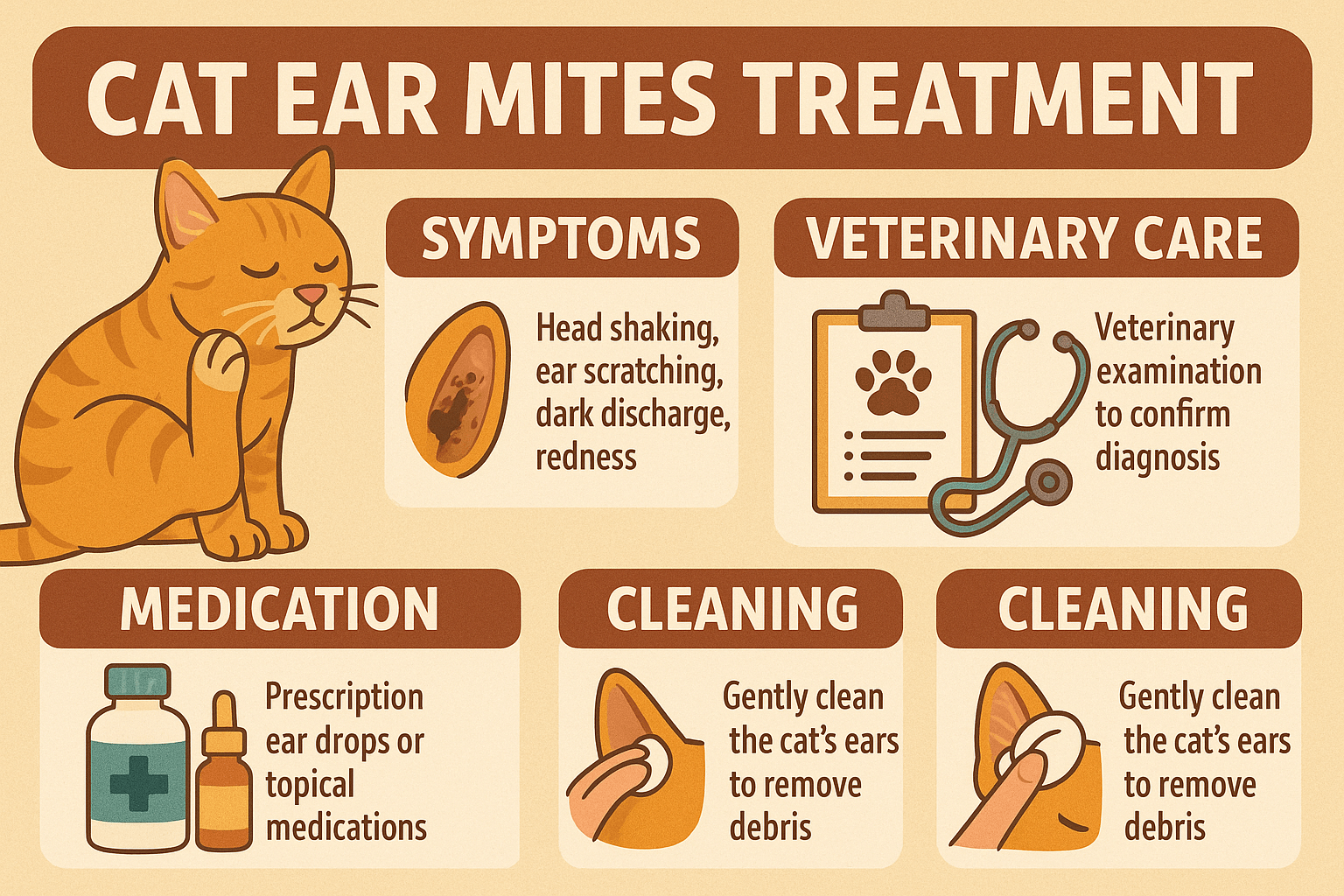The Marvel of Cat Skeleton Anatomy
Cats are fascinating creatures, known for their agility, grace, and mysterious charm. Beneath their sleek fur lies a marvel of nature: the cat skeleton anatomy. This intricate framework not only supports their lithe bodies but also plays a crucial role in their ability to leap, pounce, and land silently. Understanding the cat skeleton offers insights into their evolutionary adaptations and unique physical capabilities. Whether you’re a curious pet owner or an aspiring veterinarian, exploring this topic unveils the hidden wonders of feline biology.
Key Features of the Cat Skeleton
The cat skeleton is a masterpiece of engineering, designed for both strength and flexibility. Its unique features enable cats to perform incredible feats of athleticism. Here’s a closer look at some standout characteristics:
- Lightweight yet Strong : The bones of a cat are lightweight, allowing for swift movements while maintaining durability.
- Flexible Spine : Cats possess an exceptionally flexible spine, which allows them to twist and turn mid-air.
- Floating Collarbones : Unlike humans, cats have free-floating collarbones, enabling them to squeeze through tight spaces.
- Specialized Limb Structure : Their limbs are built for speed and precision, with powerful muscles attached to long bones.
- Tail as a Counterbalance : The tail acts as a counterbalance during jumps and climbs, enhancing stability.
These features highlight how the cat skeleton is perfectly adapted for survival and agility. Truly, it’s a testament to evolution’s ingenuity.
Major Components of the Cat Skeleton
To fully appreciate the complexity of the cat skeleton anatomy, it’s essential to break down its major components. Each part serves a specific function that contributes to the overall efficiency of the feline body.
- Skull : Houses the brain and sensory organs, protecting these vital elements from injury.
- Vertebral Column : Composed of cervical, thoracic, lumbar, sacral, and caudal vertebrae, providing structural support and flexibility.
- Ribs and Sternum : Form the rib cage, safeguarding internal organs like the heart and lungs.
- Limbs : Forelimbs and hindlimbs work together to facilitate movement, hunting, and climbing.
- Pelvis : Connects the spine to the hind legs, playing a key role in locomotion and balance.
Understanding these components reveals how every bone has a purpose, working harmoniously to create one of nature’s most efficient predators. It’s no wonder cats have thrived for millennia!
Check this guide 👉 How Many Paws Does a Cat Have? Best 7 Expert Tips!
Check this guide 👉 The Curious Case of the Cat Belly Button: Best 7 Expert Tips
Check this guide 👉 Why Do Dogs Have Tails? Best 7 Expert Tips!

Feature | Description |
|---|---|
Number of Bones | Cats typically have around 244 bones; humans average 206. |
Spinal Flexibility | Cats have more vertebrae (53 vs. 33), allowing greater bend. |
Collarbone Structure | Cats have floating collarbones; humans have fixed ones. |
Tail Functionality | Cats use tails for balance; humans lack functional tails. |
Bone Density | Cat bones are lighter but strong enough for agility tasks. |
Evolutionary Adaptations in the Cat Skeleton
Over millions of years, the cat skeleton has evolved to meet the demands of a predatory lifestyle. These adaptations are what make cats such skilled hunters today. Let’s delve into some notable evolutionary changes:
- Elongated Backbones : Increased vertebrae numbers allow for superior flexibility and jumping abilities.
- Retractable Claws : Supported by specialized bones, claws can extend or retract depending on need.
- Powerful Jaw Muscles : Attached to robust skull bones, enabling a strong bite force for capturing prey.
- Compact Body Shape : Shortened forelimbs relative to hindlimbs enhance sprinting power.
- Reduced Weight Distribution : Lightweight bones reduce energy expenditure during movement.
These adaptations underscore how the cat skeleton anatomy has been fine-tuned over time to maximize efficiency and effectiveness. Evolution truly works wonders!
Common Misconceptions About Cat Skeletons
Despite widespread admiration for cats, several misconceptions about their skeleton persist. Addressing these myths helps deepen our understanding of feline biology.
- Myth: Cats Always Land on Their Feet Due to Magic
Reality: This ability stems from their flexible spine and vestibular system, not supernatural powers. - Myth: All Cats Have Identical Bone Structures
Reality: Variations exist across breeds due to size and genetic factors. - Myth: A Cat’s Tail Is Just for Decoration
Reality: Tails play critical roles in balance and communication. - Myth: Cats Can’t Suffer Bone Injuries
Reality: Like any animal, cats are prone to fractures and joint issues. - Myth: Cats Don’t Need Dental Care Because of Strong Skulls
Reality: Dental health remains crucial despite sturdy jaw structures.
Dispelling these myths ensures we approach cat care with accurate knowledge and respect for their biological intricacies.
Unique Joints in the Cat Skeleton
The joints in a cat’s skeleton are pivotal to their incredible range of motion and agility. Unlike humans, cats possess specialized joint structures that allow them to perform feats most animals cannot. Let’s explore some of these unique features:
- Ball-and-Socket Joints : Found in the hips and shoulders, these joints enable a wide range of movement, crucial for climbing and leaping.
- Hinge Joints : Located in the knees and elbows, they provide stability while allowing forward and backward motion during running or stalking prey.
- Gliding Joints : Present in the wrists, these joints facilitate smooth gliding movements, aiding in precision landings.
- Synovial Fluid : This lubricating fluid reduces friction in joints, ensuring seamless mobility throughout a cat’s life.
- Cartilage Cushioning : Acts as a shock absorber, protecting bones from wear and tear during high-impact activities.
These specialized joints highlight the sophistication of the cat skeleton anatomy, allowing felines to move with unmatched elegance and efficiency. It’s no wonder cats are often described as liquid grace in motion.
Bone Density and Strength in Cats
While the cat skeleton is lightweight, its bone density and strength are perfectly balanced to support their active lifestyles. This delicate equilibrium ensures that cats remain agile without compromising durability. Here’s how this balance is achieved:
- Cortical Bone Structure : Dense outer layers provide strength while remaining relatively light.
- Trabecular Bone Patterns : Spongy inner layers optimize weight distribution and absorb impact during jumps.
- Mineral Composition : High levels of calcium and phosphorus contribute to robust bone health.
- Adaptability : Bones adapt over time based on activity levels, reinforcing areas subject to frequent stress.
- Healing Properties : Despite their small size, cat bones heal remarkably well when given proper care.
This intricate balance between strength and lightness showcases nature’s ingenuity in designing the perfect predator. The cat skeleton truly embodies both resilience and refinement.
Role of the Skull in Cat Anatomy
The skull is one of the most distinctive parts of the cat skeleton anatomy, housing vital sensory organs and contributing to their predatory prowess. Its design reflects the evolutionary pressures faced by felines over millennia. Here’s what makes the cat skull so remarkable:
- Large Eye Orbits : Positioned forward for binocular vision, enhancing depth perception during hunts.
- Shortened Nasal Cavity : Allows for acute olfactory senses, critical for detecting scents in their environment.
- Powerful Jaw Muscles : Anchored to the zygomatic arch, enabling a strong bite force for capturing prey.
- Teeth Arrangement : Sharp canines and carnassial teeth are adapted for tearing flesh and shearing food.
- Protective Cranium Shape : Shields the brain from injuries sustained during falls or fights.
The cat skull is a testament to the intricate interplay of form and function, designed to maximize survival in the wild. Every detail serves a purpose, making it an integral part of their success as hunters.
Frequently Asked Questions About Cat Skeleton Anatomy
How many bones does a cat have?
On average, a cat has approximately 244 bones, though this number may vary slightly depending on breed and individual traits.
Why do cats have so many vertebrae?
The high number of vertebrae (around 53) provides exceptional spinal flexibility, aiding in agility and acrobatic movements.
Do cats have collarbones?
Yes, but they are free-floating, unlike the fixed collarbones found in humans.
What makes a cat’s skeleton different from a dog’s?
Cats generally have more vertebrae, smaller skulls, and longer tails compared to dogs, reflecting their distinct lifestyles.
Can a cat survive without its tail?
While possible, losing a tail can impact balance and communication, making life challenging for the cat.
A Closer Look at Nature’s Masterpiece
The cat skeleton anatomy is nothing short of extraordinary. From its lightweight yet durable bones to its unparalleled flexibility, every aspect reflects millions of years of evolutionary refinement. By understanding the inner workings of this remarkable framework, we gain a deeper appreciation for what makes cats such captivating companions. Whether you’re marveling at their graceful leaps or simply enjoying their company, remember that beneath the surface lies a world of biological brilliance waiting to be explored.
Understanding Jaundice in Cats: Causes, Symptoms, and Treatment Jaundice, also known as icterus, is a condition that causes a yellowing of …
Cat Clicker Training: Best 7 Expert Tips! Discover how to train your cat using clicker techniques, improve behavior, and strengthen your bond with simple, effective strategies.
Lorem ipsum dolor sit amet, consectetur adipiscing elit. Ut elit tellus, luctus nec ullamcorper mattis, pulvinar dapibus leo.
Cat Ear Mites Treatment: Best 7 Expert Tips! Discover effective solutions to treat and prevent ear mites in cats, ensuring your pet's comfort and health with expert advice.



